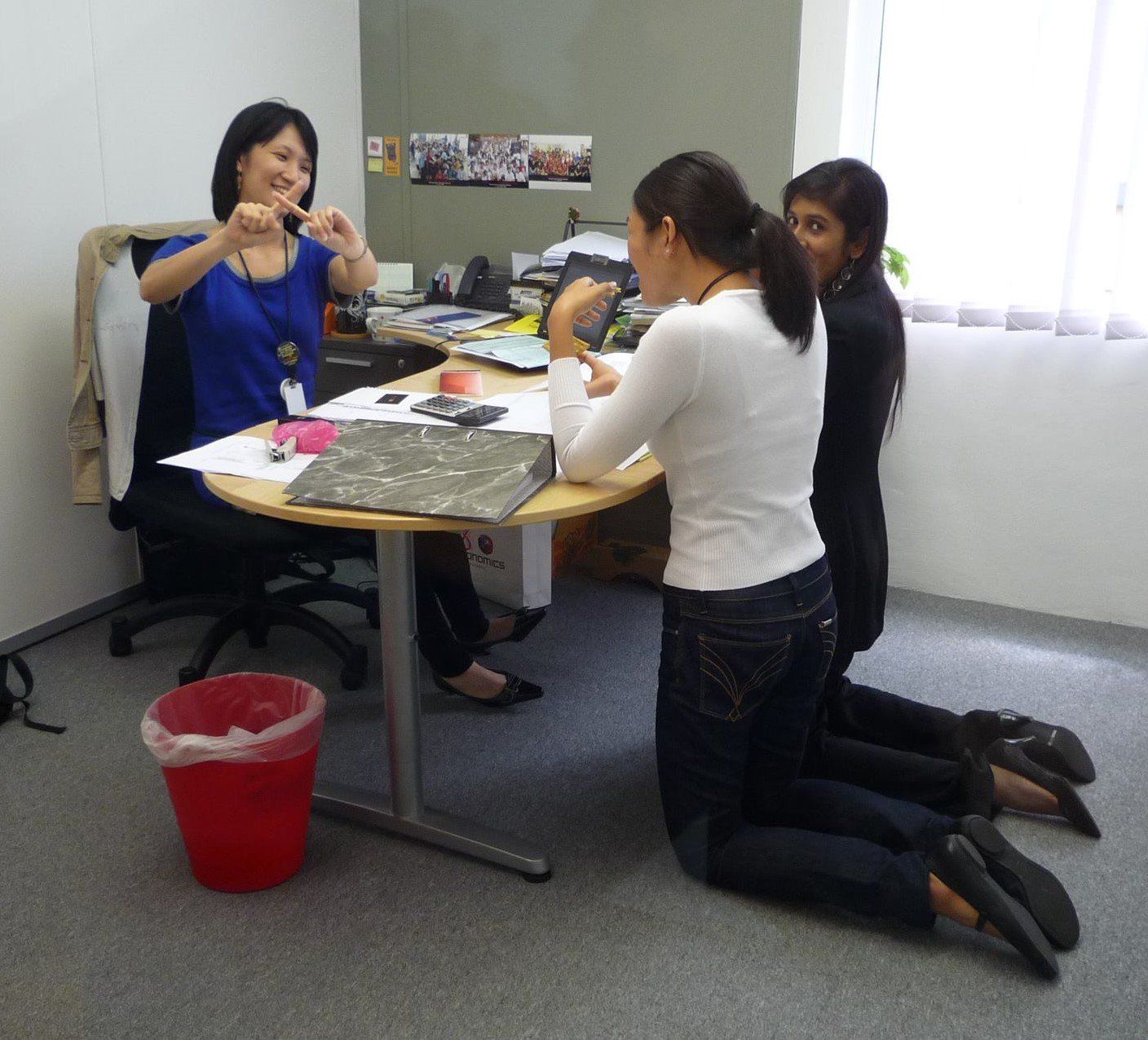Four Guidelines For Measuring Culture

What is it? And how do we do it?
Culture metrics are an essential part of the culture change journey. They are the only reliable way to know if your culture improvement efforts are working, to see how far down the road your organisation has come. They are also the most tangible way in which you can report back on this journey to others.
Are you someone who is under pressure to figure out how to do this in the best possible way? Then here are some pointers:
Understanding the difference between measuring and diagnosing
The what
The goal of measuring culture is to accurately observe changes over time, compare the results of one business unit – or employment level, team, or country – with another, using the best possible tool. Quantitative research results (statistical data collected by measuring things in a structured way) often answer the question “what?” and can provide you with data on how that “what” changes over time.
The why
The goal of diagnosing culture is to understand why your culture is the way it is so that you can implement ways of improving it. Diagnosing culture is best achieved through qualitative research (non-statistical, unstructured and semi-structured techniques such as interviews or group discussions).
Diagnosis answers the question: “What is the cause of this?”
I’ve found that when an organisation tries to use the same tool to achieve both goals, one or the other will be compromised.
Distinguishing culture from engagement
Your engagement score is not a proxy for a culture score. Engagement is how people feel about working in your company. Culture is the patterns of behaviour that are encouraged, discouraged or tolerated. For example, there’s no evidence that the employees of Volkswagen or Wells Fargo were not engaged at work. However, we now know that there were serious risks in the established patterns of behaviour in those organisations.
Good culture surveys won’t ask how people feel about things; they’ll ask questions about how people are expected to behave in the day-to-day operations. Good culture surveys seek to find out what’s truly valued around here.
Engagement is how people feel about working in your company. Culture is the patterns of behaviour that are encouraged, discouraged or tolerated.
There’s no one-size-fits-all culture

Like a corporate fingerprint, your culture won’t be the same as someone else’s. The type of culture you want to create will be dictated by your unique business imperatives.
Trying for a single score measure – like what an engagement survey provides – will often sacrifice bringing to light the true complexity of a culture, or revealing the areas which require improvement.
Many culture surveys measure generic components of ‘good’ cultures. These are good because they give you international norms, but not so good because they don’t take into account specific culture goals. If, for example, customer-centricity is a goal of yours, then you should be measuring that in depth. Yet, a lot of culture surveys won’t allow you to do this. I’ve found the very best culture metrics will combine various factors into a personalised dashboard.
Find your key business indicators
You can measure observed behaviours, or you can measure the business indicators that those behaviours will produce. Say your culture goal is collaboration; what business impact will an increase in collaboration produce? Maybe it’s more cross-selling, or less duplication of effort, or perhaps an increase in transfer of best practices? Ask yourself, how can we best measure these?
Culture can be measured and monitored just like any other aspect of your business – don’t let anyone tell you otherwise. You need clear definitions and distinctions, some curiosity and a dedication to building the right measurement dashboard for your unique goals.
How will you measure your culture?
Here are four guidelines that you can use to measure culture:
- Measure behaviour and values, not feelings
- Accept that to change your culture, you will need to do qualitative research
- Build a dashboard that also includes business indicators of your particular culture in action
- Measure your unique culture goals rather than, or as well as, generic “good culture” measures
Reposted with a permission on Leaderonomics.com.
Business
Tags: Financial crisis





